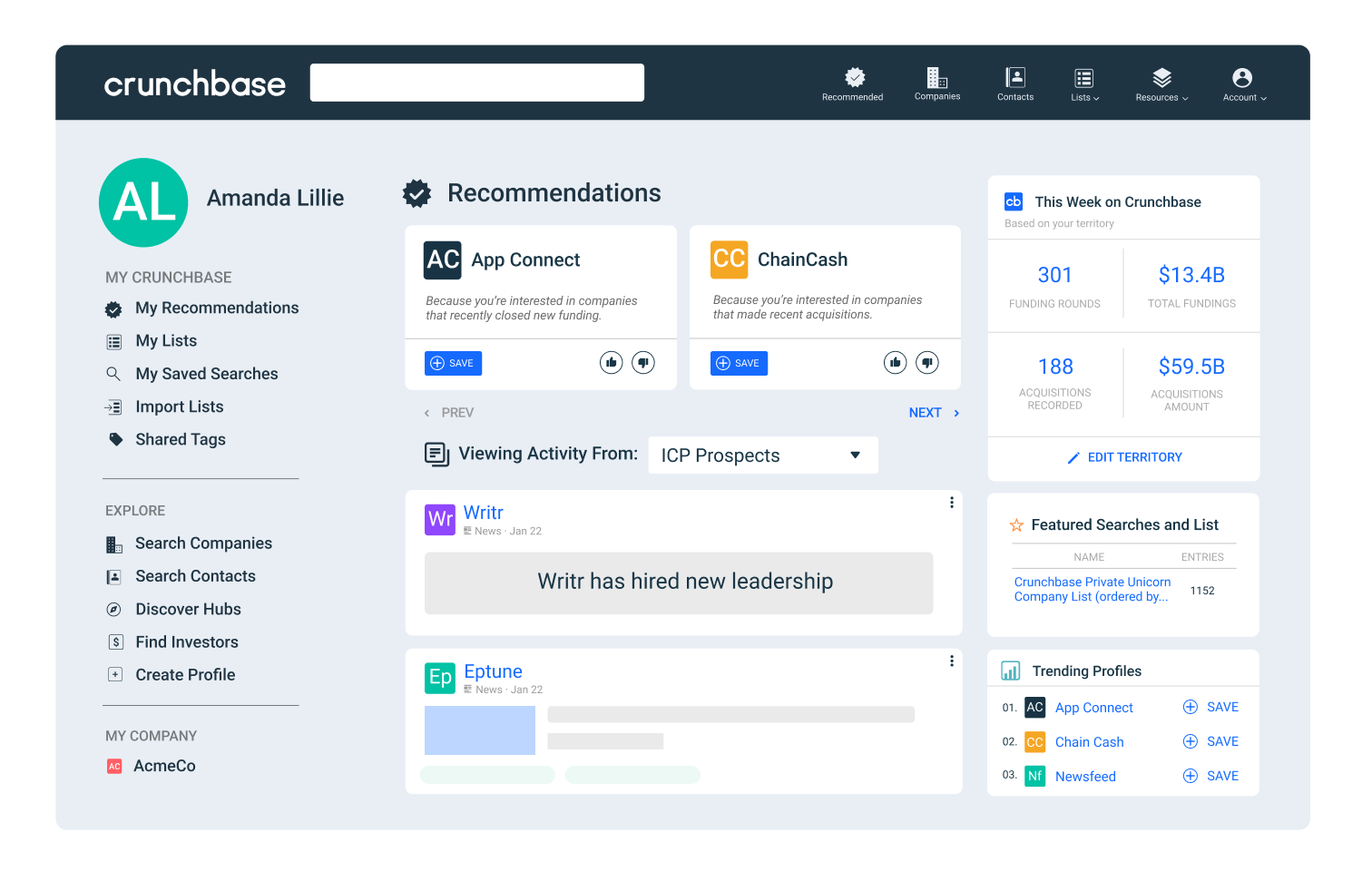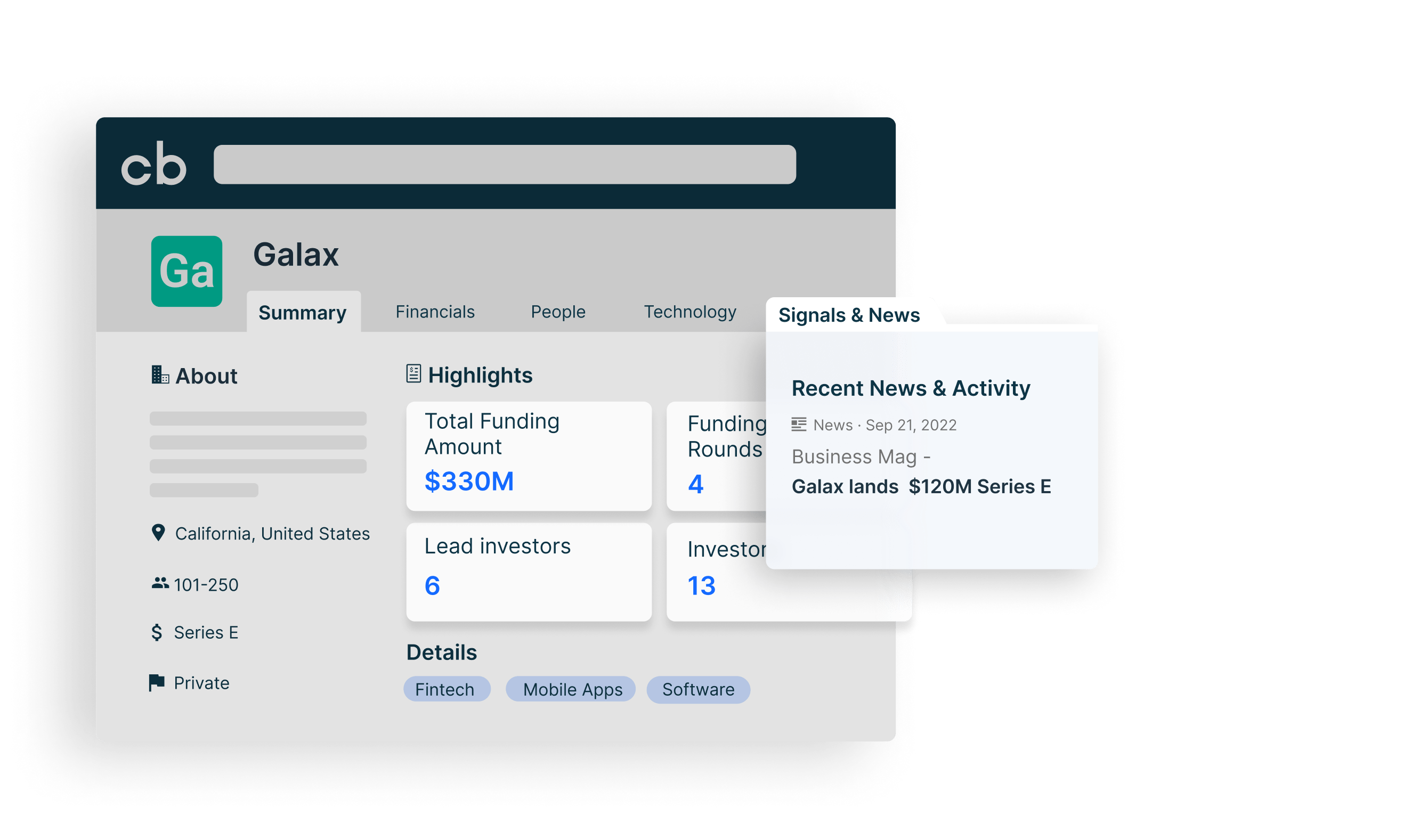

Whether you’re an entrepreneur, market researcher or marketing enthusiast, knowing your competitors inside and out is a crucial part of the job.
Competitive analysis is more than a quick online search; instead, it’s a systematic process that allows you to gain valuable insights into your competitive environment. By examining the strengths, weaknesses, strategies and market positions of rival companies, you can make informed decisions that help you come out on top.
Let’s dive into what competitor analysis is and how to do it, as well as the tools and templates you need to thrive in the modern market.
Competitor analysis, often referred to as competitive analysis, is the systematic process of gathering and evaluating information about your competitors to gain a deep understanding of the competitive landscape in your industry. It involves delving into your competitors’ business models, marketing practices, product offerings, target audiences and much more.
This practice helps you keep a pulse on competing products in the market and make well-informed decisions for your business. It also enables you to find opportunities for growth, anticipate trends and proactively respond to potential threats.
The advantages of doing competitive analysis can have a meaningful impact on your bottom line. Here are just some of its key benefits:
Together, these benefits can empower you to thrive in the face of competition and establish a strong presence in the market.

To harness these advantages, you’ll need to learn how to perform competitive analysis effectively. The process is quite structured and involves several key steps to ensure that you gather relevant data and gain actionable insights.
To pinpoint your competitors, create a list of organizations that compete with you both directly and indirectly in the marketplace.
Direct competitors are organizations that offer similar products or services to the same target audience. In other words, they’re the businesses that potential customers could choose instead of your company.
To identify your direct competition, start by examining businesses that operate in the same industry or niche. Ask yourself questions such as:
Once you have identified these direct competitors, you can create a list or spreadsheet to keep track of their names, key characteristics and any available data that will be useful in your analysis.
Next, you’ll want to identify your indirect competitors. Indirect competitors serve a similar target market as your company, but may offer different products or services. They are indirect rivals because they can influence consumer choices, even though they are not in direct competition with your business. To identify indirect competitors:
Including both direct and indirect competitors in your analysis provides a more holistic view of your competitive landscape and helps you anticipate shifts in consumer preferences or market dynamics.
Remember that the business environment is constantly changing, and new competitors may emerge over time. Regularly updating your list of competitors is essential to ensure that your competitor analysis stays relevant.
The next step in competitive analysis is to clearly outline your objectives. This will ensure that you’re gathering relevant information that directly supports your business strategy. Here’s how to define your objectives effectively:
When you define your objectives, you give yourself a clear roadmap for your research. This helps you focus on gathering the most pertinent data and ensures that your analysis directly benefits your business. Whether you’re looking to outperform competitors in a particular area or gain a broader understanding of the competitive landscape, well-defined objectives are the cornerstone of a successful analysis.
Effective data collection is another fundamental step in the competitor analysis process, as the quality and relevance of the data you gather directly influence the insights you gain. Begin by identifying data sources that will give you the information you’re looking for. These sources can include both online and offline channels.
Online sources are often the richest and most accessible. Common data sources for competitive monitoring include:
As you gather this data, make sure you have an organized place to put it. A good idea is to create a competitor matrix, also referred to as a competitor grid, which is a spreadsheet for organizing your research. List out your competitors on one axis of the grid (either the horizontal or vertical axis is fine). On the other axis, list the data points you’re looking to collect, such as company location, market position, price and branding.
A couple additional notes: pay attention to both your data accuracy as well as any ethical considerations. Confirm that the information you gather is up to date and reliable, as outdated or inaccurate data can lead to erroneous conclusions. On top of that, be mindful of legal requirements. Respect privacy rights, copyright and intellectual property laws when gathering data.

Next, you’ll want to analyze your competitors’ marketing strategies. A systematic way to approach this is by looking at the 4 Ps of marketing, also known as the marketing mix. These are product, price, place and promotion, which you can break down into the following questions:
Product
Price
Place (distribution)
Promotion
These questions will force you to think hard about your competitors and the ways they position their product or service in the market. Be sure to make a note of these data points so you have an organized spreadsheet with your competitive analysis.
Now, conduct a SWOT analysis using all the data and insights you’ve gathered. A SWOT analysis is a competitive analysis framework for systematically evaluating your competitors’ strengths, weaknesses, opportunities and threats. Create a table or slide deck with the following notes about each competitor:
After identifying the strengths, weaknesses, opportunities and threats of your competitors, it’s time to analyze the findings. Look for connections and relationships between these factors. For example, how do strengths offset weaknesses, or how can opportunities be leveraged to mitigate threats? Consider how these factors impact your competitors’ overall competitive positioning.

Competitive analysis is a complex task, but you don’t have to start from scratch. These competitor analysis templates provide a structured framework for gathering and analyzing data about your competitors:
This advanced search template is a helpful starting point for gathering data about competing companies. You can customize the template by adding multiple search filters, such as industry, geographic location and funding information, to pull up the companies that match your competitor profiles. The more you fine-tune your search, the more precise your list of competitors will be.
A competitor matrix template, like this one from HubSpot, allows you to systematically compare key features, pricing and other attributes of your products or services with those of your competitors. By comparing these attributes side by side, you can better assess your biggest threats and identify areas where your business can excel.
This social media competitor analysis template offers a structured framework for assessing and comparing your social media performance with that of your competitors. With sections for tracking key metrics, content strategies, audience engagement and more, this template simplifies the process of understanding how your social media efforts stack up against the competition.
This SWOT analysis template represents one of the most important types of competitive analysis templates. A template can simplify the SWOT analysis process and ensure that nothing falls through the cracks, helping you identify areas for improvement, capitalize on advantages and mitigate potential risks.
To understand how competitive analysis works in practice, let’s explore a few real-world examples that highlight its significance within different industries:
Tech giants Apple and Samsung have long been rivals in the smartphone market. Both companies must scrutinize each other’s product launches, innovations and market share to stay competitive. Their competitive analysis involves a deep dive into one another’s product features, pricing strategies, branding and marketing tactics.
Coca-Cola and PepsiCo have engaged in one of the most iconic and enduring business rivalries. Competitor analysis here includes assessing their advertising campaigns, product diversification, distribution networks and customer preferences. These two giants need to continuously monitor each other’s market positioning in order to win over consumers.
Amazon and Walmart are leaders in e-commerce and retail. They must perform ongoing competitive analysis to compare delivery speeds, pricing structures, customer experience and market expansion strategies. Both companies are committed to staying ahead by understanding the strengths and weaknesses of the other.
Another iconic competitor analysis example is within the online travel industry. Airbnb and Booking.com are key competitors that need to evaluate each other’s user reviews, property listings, pricing and website user experience. Both platforms continuously track each other’s offerings to enhance their competitive position.
Nike and Adidas are major players in the athletic apparel industry. These companies closely follow each other’s strategies to dominate the market. Their competitive analysis includes examining product innovations, brand endorsements, athlete sponsorships and global market presence.
In order to conduct robust competitive analysis like the companies above, you’re going to need the right tools. These include everything from online databases to website monitoring platforms. Here are our top recommendations:
Crunchbase is a comprehensive business intelligence tool that provides best-in-class data about both public and private companies, including your competitors. You’ll get insights into funding, leadership teams, key metrics and investor relationships, allowing you to understand your competitors’ financial health, investment history and market focus. This information is vital for identifying potential threats in the market, as well as opportunities to differentiate yourself. Learn more about market research on Crunchbase.

Brandwatch is a social listening and consumer intelligence platform that helps you monitor your competitors’ social media mentions, customer sentiment and brand reputation. This allows you to gauge public sentiment about your competitors and identify areas where you can strengthen your brand’s image and stand out in the market.
SEMrush is most commonly known as an SEO platform, but it’s also a useful competitive analysis tool. It helps you analyze your competitors’ digital marketing strategies, keywords, backlinks and advertising efforts. Ultimately, this gives you insights into your competitors’ online presence and helps you identify their strengths and weaknesses in the digital space. Note that you can view SEMrush web traffic data directly from Crunchbase.
SimilarWeb is a market intelligence platform that offers insights into website traffic, audience demographics and online performance. It allows you to benchmark your website’s performance against those of your competitors, discover their traffic sources and understand their online audiences.
IPqwery is a competitive analysis tool that offers insights into your competitors’ patent portfolios, technological innovations and intellectual property strategies. This allows you to assess innovation, identify potential partnerships, and evaluate the intellectual property landscape. IPqwery data is available with Crunchbase Data Boost.
Competitive analysis doesn’t only involve gathering information, but it’s also about turning insights into actions that drive your business forward. Competitor analysis is an important part of market research for startups and large companies alike, as it’s fundamental for long-term success. By carefully assessing your rivals and industry trends, you can adapt your strategies and stay ahead of the curve.